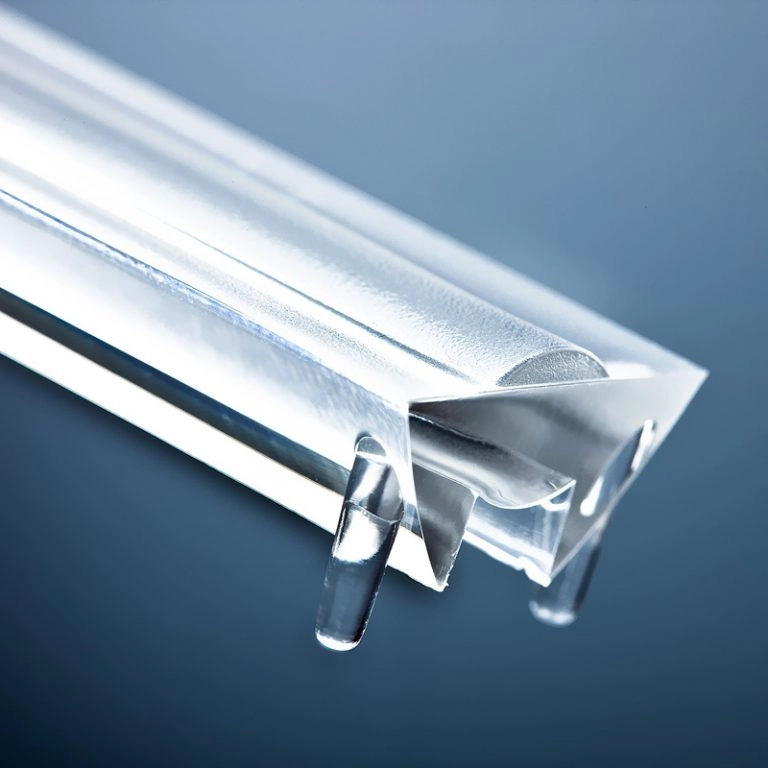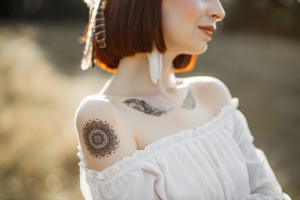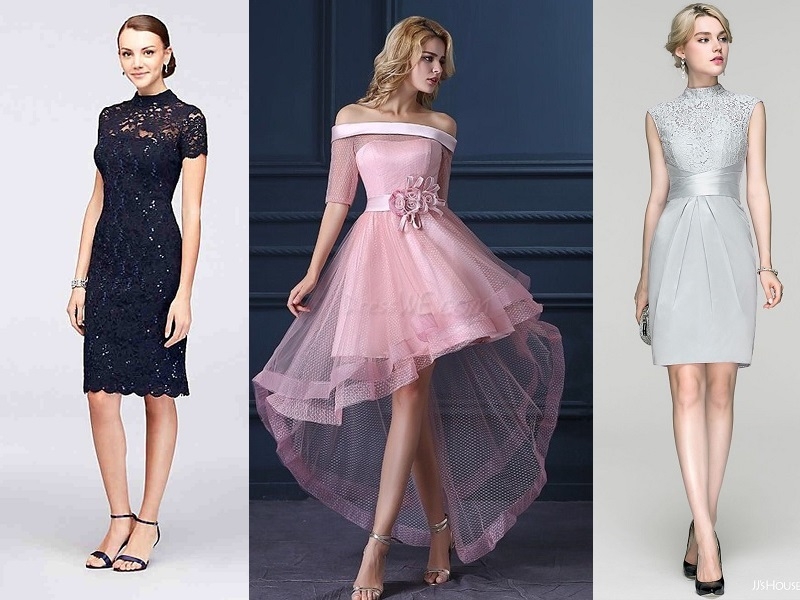Introduction
The evolution of lighting technology has significantly transformed the way we illuminate our spaces. Among the most notable advancements is the development of LED linear lenses, which have become essential components in modern lighting systems. These lenses not only enhance the efficiency and effectiveness of LED lighting but also cater to the aesthetic demands of contemporary architecture. This article explores the innovations in LED linear lens design, the challenges faced by manufacturers, and the future of this technology in meeting the diverse needs of modern lighting systems.
Understanding LED Linear Lenses
What Are LED Linear Lenses?
LED linear lenses are optical components designed to optimize the performance of LED lighting systems. They are specifically engineered to control light distribution, enhance brightness, and improve energy efficiency. By manipulating the light emitted from LEDs, these lenses can create various lighting effects, making them suitable for a wide range of applications, from residential to commercial and industrial settings. The design of these lenses can vary significantly, with options for different shapes, sizes, and optical properties, allowing for tailored solutions that meet specific lighting requirements.
The Importance of LED Linear Lenses
The significance of LED linear lenses lies in their ability to meet the growing demands for energy-efficient and high-quality lighting solutions. As the world shifts towards sustainable practices, the need for innovative lighting technologies that reduce energy consumption while providing superior illumination has never been more critical. LED linear lenses play a pivotal role in achieving these goals. They not only enhance the performance of LED fixtures but also contribute to the overall sustainability of lighting systems by minimizing energy waste and extending the lifespan of the light sources.

Innovations in LED Linear Lens Design
Advanced Materials and Manufacturing Techniques
Recent advancements in materials science have led to the development of new optical materials that enhance the performance of LED linear lenses. For instance, the use of optical-grade polycarbonate (PC) and acrylic materials has improved light transmission and durability. These materials are not only lightweight but also resistant to yellowing and UV degradation, ensuring that the lenses maintain their clarity and performance over time. Additionally, innovations in manufacturing techniques, such as injection molding and 3D printing, allow for more complex and precise lens designs, enabling manufacturers to create lenses that meet specific optical requirements and aesthetic preferences.
Customization and Versatility
One of the most significant trends in LED linear lens design is the move towards customization. Manufacturers are increasingly offering tailored solutions that meet specific project requirements. This customization can include variations in beam angles, lens shapes, and sizes, allowing designers to create unique lighting effects that align with their vision. For example, a linear lens can be designed to provide a narrow beam for accent lighting or a wide beam for general illumination. This versatility not only enhances the functionality of the lighting system but also allows for greater creativity in architectural and interior design, enabling designers to achieve their desired ambiance and visual impact.
Integration of Smart Technologies
The integration of smart technologies into LED linear lens design is another exciting development. With the rise of smart homes and buildings, there is a growing demand for lighting systems that can be controlled remotely and adjusted based on user preferences. LED linear lenses can now be designed to work seamlessly with smart lighting systems, allowing for features such as dimming, color changing, and scheduling. This not only enhances user experience but also contributes to energy savings. By enabling users to tailor their lighting environments to their specific needs, smart technologies enhance the overall functionality and appeal of LED linear lighting solutions.
Meeting the Demands of Modern Lighting Systems
Aesthetic Appeal
In addition to functionality, the aesthetic appeal of lighting solutions has become increasingly important. LED linear lenses are designed to complement modern architectural styles, providing sleek and minimalist designs that blend seamlessly into various environments. Whether in residential, commercial, or industrial settings, these lenses enhance the overall look and feel of a space. The ability to create uniform light distribution without harsh shadows or glare contributes to a more pleasant visual experience, making LED linear lenses a popular choice among architects and designers looking to create inviting and visually appealing spaces.
Energy Efficiency
Energy efficiency is a primary concern for both consumers and businesses. LED linear lenses contribute to this by maximizing the output of LED lights while minimizing energy consumption. By focusing and directing light more effectively, these lenses reduce wasted light and improve overall system efficiency. This is particularly important in large spaces where lighting costs can be significant. Furthermore, the long lifespan of LED lights, combined with the efficiency of linear lenses, results in lower maintenance costs and reduced environmental impact, making them an attractive option for sustainable building practices.
Versatile Applications
LED linear lenses are versatile and can be used in a variety of applications. From office lighting to retail displays, and from architectural features to outdoor lighting, the adaptability of these lenses makes them a preferred choice for many lighting designers. Their ability to provide uniform light distribution and reduce glare enhances the functionality of spaces while maintaining visual comfort. This versatility allows for creative lighting solutions that can be tailored to specific environments, ensuring that each application benefits from the unique properties of LED linear lenses.
Challenges in LED Linear Lens Design
Technical Limitations
Despite the advancements in LED linear lens technology, there are still technical challenges that manufacturers face. Achieving the perfect balance between light diffusion and intensity can be difficult. Designers must consider factors such as lens shape, material properties, and the specific requirements of the LED light source to create an optimal product. Additionally, the need for high-performance lenses that can withstand varying environmental conditions, such as temperature fluctuations and humidity, adds another layer of complexity to the design process.
Market Competition
The LED lighting market is highly competitive, with numerous suppliers and manufacturers vying for market share. This competition drives innovation but also puts pressure on companies to reduce costs while maintaining quality. As a result, manufacturers must continuously invest in research and development to stay ahead of the curve. The ability to offer unique and innovative products, such as custom LED linear lenses, can be a significant differentiator in this crowded market, prompting companies to explore new technologies and design methodologies.
Regulatory Standards
Compliance with regulatory standards is another challenge in the design and manufacturing of LED linear lenses. As lighting technologies evolve, so do the regulations governing energy efficiency and safety. Manufacturers must ensure that their products meet these standards, which can vary by region and application. Navigating these regulations requires a thorough understanding of the market and a commitment to quality assurance, as non-compliance can lead to costly penalties and damage to a company's reputation.

The Future of LED Linear Lens Technology
Trends to Watch
As we look to the future, several trends are likely to shape the development of LED linear lenses. These include:
1. Sustainability: The push for environmentally friendly products will continue to drive innovation in materials and manufacturing processes. Manufacturers are likely to explore biodegradable and recyclable materials to reduce their environmental footprint.
2. Smart Integration: The demand for smart lighting solutions will lead to further integration of IoT technologies in LED linear lens design. This will enable more dynamic and responsive lighting systems that can adapt to user preferences and environmental conditions.
3. Enhanced Customization: As the market grows, the need for customized lighting solutions will increase, prompting manufacturers to offer more tailored options. This could include advanced features such as tunable white light and color-changing capabilities that cater to specific user needs.
Conclusion
Innovation in LED linear lens design is crucial for meeting the demands of modern lighting systems. As technology continues to evolve, manufacturers must adapt to changing consumer preferences and regulatory requirements. By focusing on advanced materials, customization, and smart technologies, the industry can create lighting solutions that are not only efficient but also aesthetically pleasing and versatile. The future of LED linear lenses looks promising, with ongoing advancements poised to further enhance their performance and application in various lighting environments.
Frequently Asked Questions
1. What are the main benefits of using LED linear lenses?
LED linear lenses provide enhanced light distribution, improved energy efficiency, and aesthetic appeal, making them suitable for various applications.
2. How do LED linear lenses contribute to energy savings?
By optimizing light output and reducing wasted light, LED linear lenses help lower energy consumption, leading to significant cost savings.
3. Can LED linear lenses be customized for specific projects?
Yes, many manufacturers offer customizable options for LED linear lenses, allowing designers to tailor them to meet specific lighting needs.
4. What materials are commonly used in LED linear lens manufacturing?
Optical-grade polycarbonate and acrylic are commonly used materials due to their durability, light transmission properties, and resistance to UV degradation.
5. How is smart technology integrated into LED linear lenses?
Smart technology allows for features such as remote control, dimming, and color changing, enhancing user experience and energy efficiency.





